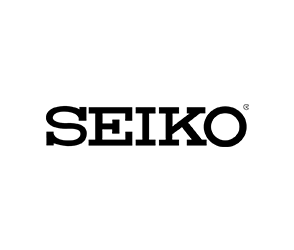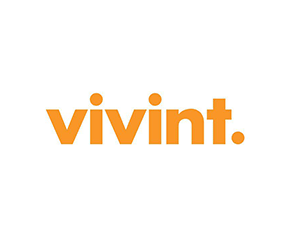Top Game Artist
Game Artists specialize in various areas, including character design, environment art, concept art, 3D modeling, texturing, and animation. Game Artists collaborate closely with game designers, developers, and other artists to bring the virtual worlds of games to life, ensuring that the visual elements align with the game’s narrative and gameplay.
BRANDS THAT
TRUST DEVS.COM





How to Hire Rockstar Game Artists at Devs.com
Talk to our experts
One of our experts will discuss your requirements, your goals and the team dynamics needed to reach them
We will Hand pick candidates
Devs.com will then select the candidates that match the qualifications and requirements that you have provided
Work with a Top Game Artist
Within a week, we will have matched you with a top Game Artist that is on our network to work with your team
Looking for specific skills from a Game Artist?
You may need a certain combination of skills for your Game Artist. We will be able to help you search for the right person by tailor-fitting our search to match all the skillsets that you require.
What is a Game Artist?
A Game Artist is a creative professional who specializes in the visual aspects of video game development. These artists contribute to the overall aesthetic and design of a game, creating visually stunning and immersive experiences for players. Game Artists may specialize in various areas, including character design, environment art, concept art, 3D modeling, texturing, and animation. They collaborate closely with game designers, developers, and other artists to bring the virtual worlds of games to life, ensuring that the visual elements align with the game’s narrative and gameplay.
How do you become a Game Artist?
- Develop Artistic Skills: Cultivate strong artistic skills through formal education, self-learning, or art-related courses. Practice drawing, painting, and exploring various artistic mediums to build a solid foundation.
- Learn Digital Art Tools: Familiarize yourself with industry-standard digital art tools such as Adobe Creative Suite, Blender, ZBrush, or Autodesk Maya to create and manipulate digital artwork.
- Build a Portfolio: Create a diverse and compelling portfolio showcasing your artistic range and capabilities. Include pieces that demonstrate proficiency in character design, environmental art, and any specific areas of specialization.
- Understand Game Design Principles: Gain an understanding of game design principles and concepts. Collaborate with game designers and developers to align artistic elements with the overall game vision.
- Stay Updated on Industry Trends: Stay informed about the latest trends, technologies, and advancements in the gaming industry. Attend industry events, follow game development forums, and engage with the gaming community to stay current.
What skills do you need to be a Game Artist?
- 2D Art Skills: Proficiency in 2D art skills, including drawing, sketching, and digital painting, to create concept art, character designs, and textures.
- 3D Modeling: Mastery of 3D modeling tools like Blender, ZBrush, or Autodesk Maya for creating 3D characters, environments, and assets.
- Texturing and Shading: Knowledge of texturing and shading techniques to enhance the visual appeal of 3D models and ensure realistic and immersive game environments.
- Animation (Optional): Understanding of animation principles and tools, such as Autodesk Maya or Unity’s animation system, if involved in creating animated characters or objects.
- Concept Art: Proficiency in creating concept art to visualize and communicate design ideas before they are implemented in the game.
- Understanding of Color Theory: Knowledge of color theory to create visually appealing and harmonious color palettes that enhance the overall aesthetics of the game.
- Collaboration and Communication: Effective collaboration and communication skills to work closely with game designers, developers, and other artists to bring a cohesive vision to life.
- Adaptability: Ability to adapt to different artistic styles and project requirements, catering to the diverse visual needs of various game genres.
- Problem-Solving Skills: Strong problem-solving abilities to address artistic challenges and find creative solutions that align with the game’s design and technical constraints.
- Time Management: Efficient time management skills to meet project deadlines and deliver high-quality artwork within the constraints of game development schedules.


